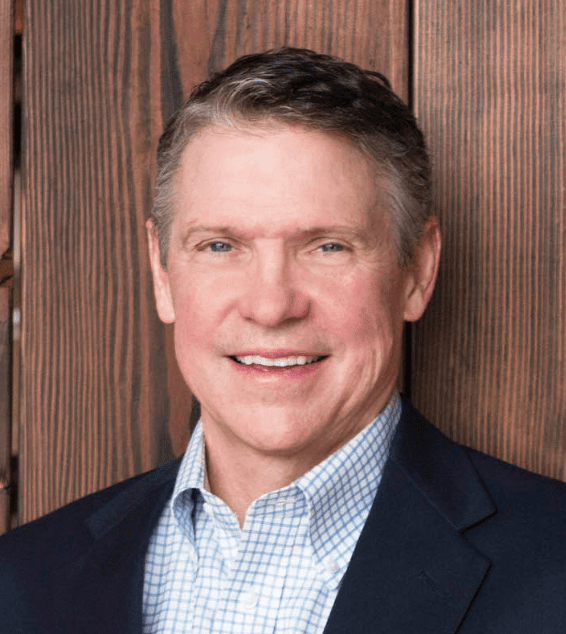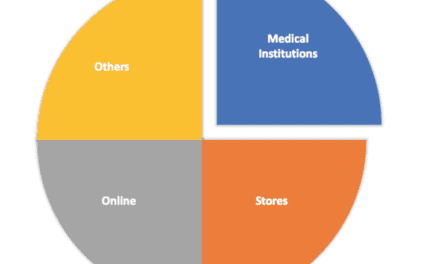Baby boomers rely on credit to buy multiple items that enhance their quality of life. In the case of hearing aids, which are not covered by Medicare, boomers are likely to seek out financing options. Adding these options is an increasingly important business strategy.

According to Hans Zandhuis, head of Ally Lending, the younger generation is moving away from “just using a credit card” and instead opting for a line of credit specifically for healthcare or retail purchases. “We think this trend will continue for baby boomers in general,” he says, “which is the younger side of hearing healthcare.”
Zandhuis calls credit card financing relatively “stagnant,” while point-of-sale financing (paying for a purchase the same day and paying it down) is growing at almost 20% a year. “We think all of those trends are in our favor, and in the consumer’s favor,” he says. “Instead of having this big bucket of debt on a credit card, you would have a loan for a hearing aid… People like to allocate their spending and keep the credit card for emergencies and vacations.”
Still younger consumers continue to shift their paying habits, increasingly moving to a virtual environment. That “younger generation” is using the computer, and Zandhuis believes that marketing financing options via web-based content and social media could also be “pretty effective at targeting that particular audience.”
Credit card, debit card, or line of credit are dominating, partially thanks to Amazon where people can purchase almost anything in seconds. “That has now entered into the unsecured patient financing lending space, where expectations are to transact in a similar fashion to purchase a hearing aid, much as would be done to purchase a pair of sneakers online,” says Chris Klemick, head of Enterprise Healthcare Sales at Ally Lending. “We’re taking that capability to align with those needs in the market. That’s another big trend that we’re seeing as well.”

Dan Quall, MS, director of Strategic Initiatives at Fuel Medical, Camas, Wash, and a longtime hearing industry expert in practice management, agrees that younger patients are “much more open to financing.” However, he takes it a step further and offers a glimpse of future financing habits that are currently being shaped by Netflix, cell phones, and Amazon. “Younger consumers are much more apt to move toward a subscription model than they are to a ‘purchase and own,’” Quall says. “Paying a monthly fee and having access to that product or service is probably more acceptable than writing a check for $4000.”
Quall calls leasing and/or subscription models a subset of financing, and he contends that it’s a trend we’ll be seeing in hearing aids. “It’s a low entry into the marketplace,” he says, “where consumers can get in for $150, make a payment every month, and at the end of 3 years or so, automatically get an upgrade to a new product—and then just keep making that payment.”
That type of widespread arrangement may be a while off, but Quall also sees new competition on the horizon in the form of Apple’s AirPods. “Apple just announced that they basically have the ability to program their AirPods and they are going to put external microphones on them,” Quall says.
Instead of seeing it as a threat, Quall sees it as a “great way to create patients of the future.” He explains: “These people are already reaching for these products and saying, ‘I need help.’ As people get toward a moderate loss, these [online and DIY] devices won’t work anymore. The AirPod solution will be good to a certain level, but I want to be the professional who is monitoring how these patients are doing, and then helping them understand when it’s time to upgrade. It’s not necessarily a hearing aid, it’s technology and the services behind that technology—and we’ll all accept technology before we’ll accept a hearing aid.”
Utilizing patient financing in your hearing care office is a great way to get ahead of these trends in patients’ buying preferences. To learn more about patient financing, visit: https://www.ally.com/consumer-financing/healthcare/
About the author: Greg Thompson is a freelance writer and a former editor of Physical Therapy Products and other publications. He is based in Loveland, Colo.
Image: © Bacho12345 – Dreamstime.com





